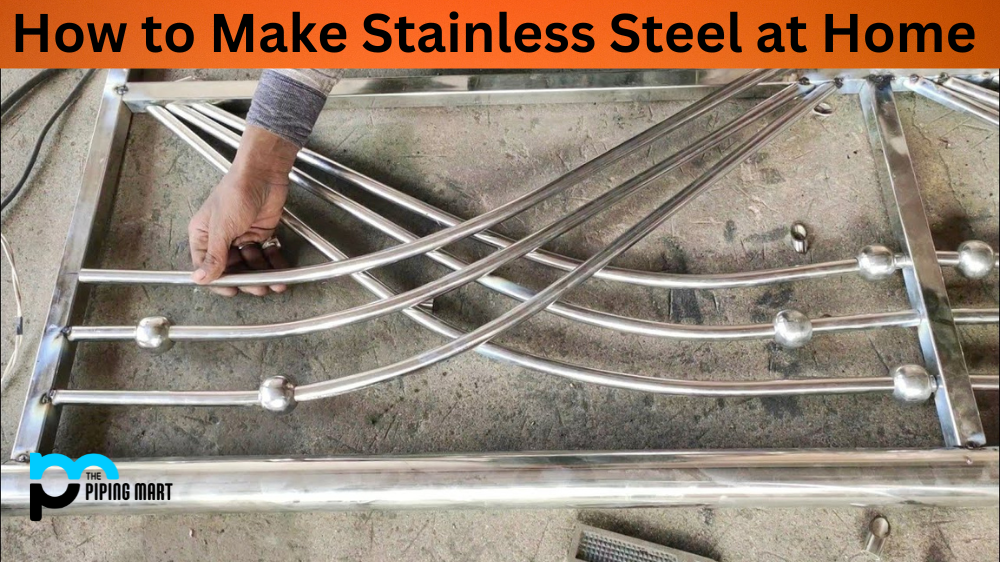What is low-carbon steel?
Despite being robust and durable, low-carbon steel is difficult to temper. Because of its wide range of uses and affordable pricing, it is the most popular type we sell. The surface hardness of the metal can be increased by carburizing, a heat-treatment procedure, and it is both malleable and ductile with a relatively low tensile strength. It is less difficult to handle and cold shape than other grades.
Uses of low-carbon steel
For usage in shipbuilding, wiring, automotive bodywork, and household appliances, low-carbon steel is typically flattened into sheets and strips. Since heat treatment cannot change it, it is frequently used for fabrication and paneling. The hardest but not brittle type of carbon steel is referred to as “worked iron,” and it is used for fencing, gates, and railings.
Low-carbon steel is frequently used in pipes, food cans, I-beams, channels, and other structural shapes, as well as in the construction of bridges and buildings. These steels can be used with anhydrous liquids like hydrocarbon solvents or chemical streams with little water (e.g., on the order of 1 ppm or less). In general, low-carbon steels cannot be used with aqueous chemical streams without a corrosion inhibitor.
These steel kinds are used to make a variety of products, including truck bed floors, car doors, household appliances, and spare tire tubs. These steels can have up to 0.2 percent carbon by weight by definition. Steels like 1010, 1018, and 1020 are some of the most popular low-carbon steels.
For products that require basic bending or moderate shaping, the automotive industry uses a significant amount of this steel. This steel is frequently used to create floor pans, bed flooring, truck cab backs, and tailgate access covers. On typical autos, it’s also frequently used for the roofs, hoods, doors, and body sides. Only 0.05 percent carbon can be found in steel which is very low in carbon. Very low-carbon steels are frequently used by manufacturers to create steel panels.
Low-carbon steels are used in situations that call for welding and crevice corrosion prevention. Chemical reactor tanks and surgical equipment are two examples. Low-carbon steel is frequently utilized for water, air, and moderate-temperature steam pipes, such as those used in industrial plants. Standard requirements could include ASTM/ASME A53 or A106 pipe with a recommended carbon content of less than 0.25 percent.
Steel sheets, rivets, screws, nails, and chains can all be made with it.
The production of draglines, forgings, welded tubing, fan blade sheets and strips, and camshafts uses it. It is used in boiler mountings, gear tooth profiles, crane wheels, flywheels, and ball bearings.
Most common kitchenware, particularly knives, is constructed of stainless steel. However, there is a market for cookware made of carbon steel. Particularly low-carbon steel has the benefit of not rusting, as well as the ability to hold an edge and maintain sharpness for a longer period. Once treated, it effectively becomes a non-stick substance and has a greater temperature limit. Although this type of cookware needs more upkeep, it can provide higher performance levels for the more savvy chef.

Pipingmart is a B2B portal that specializes in metal, industrial and piping items. Additionally, we share the latest information and information about materials, products and various types of grades to assist businesses that are involved in this business.




